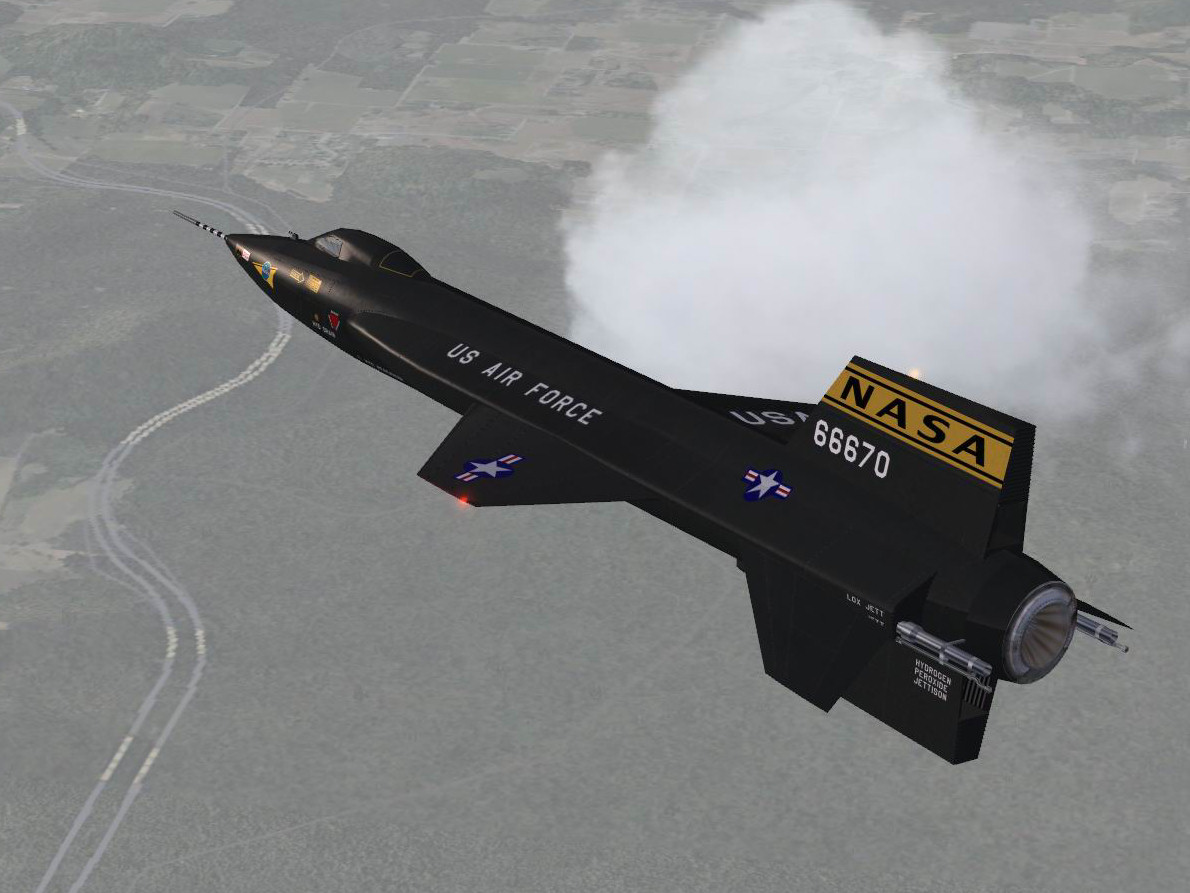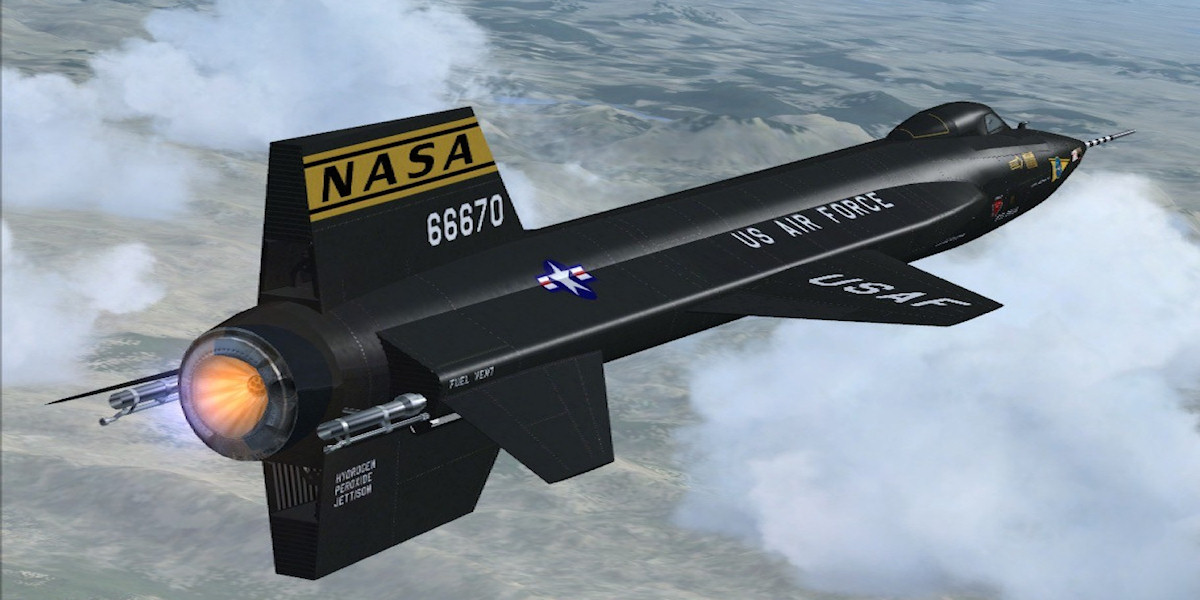The X-15 Rocket Plane: North America’s Speed Record Holder at 4000 mph
The X-15: Pushing the Limits of Hypersonic Flight
The X-15, a remarkable hypersonic rocket aircraft, stands as a testament to human ambition and innovation. Designed and constructed by North American for NACA, later known as NASA, this iconic aircraft set speed records in the 1960s that remain unsurpassed even after six decades. The X-15 project was an audacious endeavor that yielded invaluable data, which subsequently influenced the design of future aircraft.
Maximum Speed Dreams
As early as the late 1940s, aircraft designers harbored dreams of achieving speeds far beyond the sound barrier. One notable aircraft, the Douglas X-3 Stiletto, aimed to fly at twice the speed of sound—an impressive feat for the early 1950s. However, by December 1954, requests for proposals outlined the need for an aircraft to test a new engine type, reach speeds exceeding Mach 5, and explore altitudes previously unattained by any aircraft.
At that time, conventional jet engines lacked the power to propel even small, lightweight aircraft beyond Mach 2. To simplify, turbojet engines operate by ingesting air, mixing it with fuel, and generating thrust. Their efficiency depends on the altitude, and they are tuned to deliver peak performance at specific altitudes.
The Role of Drag
Another critical factor impacting top speed is drag, or air resistance. As an object moves faster through the air, it encounters more resistance. This phenomenon becomes evident when you stick your hand out of a moving car window; you can feel the air pushing against your hand. This is why modern jet fighters cannot reach their claimed top speeds at low altitudes.
The thinning of the atmosphere at higher altitudes makes it easier to travel through, with less resistance. However, jet engines require air to produce thrust, so flying too high can significantly reduce engine performance.
The Rocket-Powered Solution
To overcome the limitations imposed by the lack of air at extreme altitudes, rocket motors offer a straightforward solution. Rockets burn fuel without the need for atmospheric oxygen, as it’s carried separately in liquid form. This design allows for increased speed as altitude rises.
The pioneering German aircraft, the Heinkel He-176, was one of the first rocket-powered aircraft, but the Messerschmitt Me-163 Komet is more renowned. Even in 1944, the Komet achieved an impressive 620 mph in level flight, with unofficial flight speed records reaching 700 mph during testing, a mark not surpassed until 1953.
Post-World War II Interest in Rocket-Powered Aircraft
After World War II, many cutting-edge designs, including rocket-powered aircraft, attracted great interest. Anything that could potentially give the Allies an advantage in future conflicts was highly sought after.
The Birth of the X-15
In 1955, North American was awarded the contract for the X-15’s airframe, and Reaction Motors was tasked with building the engines. Just four years later, in June 1959, the X-15 embarked on its first flight.
Unlike traditional aircraft, the X-15 was never intended to take off under its own power. Similar to other experimental aircraft like the M2-F3 Lifting Body, the X-15 was designed to be carried aloft by a “mothership.”
NACA/NASA utilized an older model B-52A aircraft, retired in 1969, and a B-52B, both modified with pylons on their right wings to carry test vehicles. These aircraft were designated NB-52A “The High and Mighty One” and NB-52B “Balls 8,” respectively.
The X-15 project represented a remarkable chapter in the history of aviation, pushing the boundaries of what was thought possible in terms of speed and altitude. Its legacy endures, serving as a source of inspiration for future generations of aerospace pioneers.
Designated NB-52A “The High and Mighty One” and NB-52B “Balls 8”.
Hits: 33










